Jagalchi Market Live Fish Section (자갈치시장 활어부)
10.0Km 2018-02-03
52, Jagalchihaean-ro, Jung-gu, Busan
+82-51-245-2594~5
Jagalchi Market was formed by the people who populated the area after the Liberation in 1945, and the Korean War. As one of the largest seafood markets in Asia, the market offers all kinds of seafood to visitors. It is crowded by merchants and visitors every day and a popular attraction among tourists who want to taste fresh seafood. Its Live Fish Section is the most popular section in the market among visitors enjoying fresh sashimi. Visitors can choose live fish to their likings and eat it sashimi-style.
Bupyeong (Kkangtong) Market (부평시장(깡통시장))
10.1Km 2025-08-06
48 Bupyeong 1-gil, Jung-gu, Busan
+82-51-243-1128
Busan's Bupyeong Market is also known as Kkangtong (tin can) Market. It earned that funny name when it had a variety of imported canned goods from the United States for the US forces stationed in Korea during the Korean War. It was also known as "Dottegi (bustling plea) Market." All foreign products found in the country at that time were supplied from this market. Due to its vast property and many rare goods that were hard to find anywhere else during the time, it was also referred as "Gukje (International) Market." Nowadays, the market has reduced in size as many foreign products are freely imported, but the reputation and potential still remain. Some imported goods including liquor, clothes, ornaments, accessories, fashion items and electronic goods are still sold here.
A night market opens from 19:30-23:30 at the public parking lot and at Arcade 2 of the market . Along the 110m-long street market are 11 kiosks selling Korean food, 6 kiosks selling international food such as Japanese and Filipino foods, and 13 vendors selling clothes and accessories. The entrance of the market greets visitors with bright LED lights and fun performances. A magic show and a guitar performance take place twice a day by the entrance of the market and the at the four-way intersection inside the market.
Olive Young - Gwangbok Main Branch [Tax Refund Shop] (올리브영 광복본점)
10.1Km 2024-04-22
1F, 36, BIFF gwangjang-ro, Jung-gu, Busan
-
Milgot Bakery (밀곳)
10.1Km 2024-03-29
49 Bupyeong 1-gil, Jung-gu, Busan
Milgot Bakery is located in Bupyeong Market, which is full of Busan's local food. It is characterized by a trendy taste with Korean ingredients such as rice, mugwort, and black sesame. The best-selling Meossungmeossuk is made with Jeju mugwort, glutinous rice flour, and regular rice flour. Customors can ask to have the bread cut for their convenience upon order. Although the bakery is rather small, there are a lot of desserts, such as cookies including honey cookies and tarts with strawberries, figs, cherries, and shine muscat grapes.
Busan National Science Museum (국립부산과학관)
10.1Km 2023-02-13
59, Dongbusangwangwang 6-ro, Gijang-gun, Busan
+82-51-750-2300
Busan National Science Museum was established to promote the wonders of science and provide visitors with an opportunity to enjoy everything science has to offer. Themed exhibitions related to vehicles, spaceships, and energy development led by the cities of Busan, Ulsan, and Gyeongsangnam-do are available. The museum aims to promote a further understanding of science.
Yongdusan Jagalchi Special Tourist Zone (용두산 자갈치 관광특구)
10.1Km 2021-03-11
52, Jagalchihaean-ro, Jung-gu, Busan
+82-51-600-4000
Yongdusan Jagalchi Special Tourist Zone is an attractive tourism area embracing history and culture. Vendors in the traditional market welcome tourists with their warm hearts, selling their famous street food such as rice cake, ssiat hotteok (sugar-filled seeded griddlecake), bibim dangmyeon (spicy glass noodles), pat juk (red bean porridge), and pat bingsu (shaved ice with sweetened red beans). Bosu-dong and 40-Step Culture & Tourism Themed Street also show the history of each street to people traveling in the area. Including Yongdusan Park, the special tourist zone includes traditional markets like Jagalchi Market, Gukje Market, and Bupyeong Market, and historical cultural resources like Yeongdodaegyo Bridge, Bosu Book Street, and Busan Modern History Museum. The restoration of Yeongdodaegyo Bridge in November 2013 has created a unique sightseeing attraction that is hard to see in other regions and has emerged as a new famous spot. Bupyeong (Kkongtong) Market and Gukje Market are also special markets full of things to see. Various festivals including Busan International Film Festival, Busan Jagalchi Festival, and Busan Christmas Tree Festival are held for all kinds of visitors. The view from Yongdusan Park and fresh seafood from Jagalchi Market, as well as peaceful strolling at Bosu Book Street and 40-Steps make a trip to Busan memorable and happy.
Current State of Yongdusan and Jagalchi Special Tourist Zone
1) Districts Covered: Areas around Gwangbok, Nampo and Bupyeong-dong, parts of Donggwang, Daecheong, Bosu and Jungang-dong, Busan
2) Total Area: 1,079,836 ㎡
3) Designated on May 14, 2008
* Tourist Attractions
Yongdusan Park, Yeongdodaegyo Bridge, Jagalchi Market, Gukje Market, Bupyeong Market, Bosu Book Street, etc.
Jagalchi Market (부산 자갈치시장)
10.1Km 2025-04-15
52 Jagalchihaean-ro, Jung-gu, Busan
+82-51-245-2594
Jagalchi Market, located on the seaside road in Busan's Jung-gu, is one of the largest seafood markets in Korea, selling both live and dried fish. After the Korean War, the market solidified itself as a fish market. Most of the people who sell fish are women, so the vendors here are called Jagalchi Ajumeoni, "ajumeoni" meaning middle-aged or married woman in Korean.
This market represents Busan and is famous throughout the country. Visitors can eat fresh raw fish right at the market. Even nowadays visitors can see women selling mackerel, sea squirts (ascidians) and other seafood on wooden boxes along the road outside of the market and along the shore.
Yennal Omakjip (옛날오막집)
10.1Km 2017-02-08
26, Daeyeong-ro 74beon-gil, Seo-gu,Busan
+82-51-243-6973
Having been in the business for 30 years, Yennal Omakjip is Busan's oldest restaurant specializing in grilled beef tripe.
Haedong Yonggungsa Temple (해동 용궁사(부산))
10.1Km 2025-04-15
86 Yonggung-gil, Gijang-gun, Busan
Haedong Yonggungsa Temple is situated on the coast of the north-eastern portion of Busan. This superb attraction offers visitors the rare find of a temple along the shore line as most temples in Korea are located in the mountains. Haedong Yonggungsa Temple was first built in 1376 by the great Buddhist teacher known as Naong during the Goryeo dynasty.
The main sanctuary of the temple was reconstructed in 1970 with careful attention paid to the colors that were traditionally used in such structures. On the right-hand side, inside a cave, is a uniquely designed Buddhist sanctum, while situated just in front of the main sanctuary is a three-story pagoda with four lions. The four lions symbolize joy, anger, sadness, and happiness. Other special sites at the temple are the 108 stairs and stone lanterns lining the rocky landscape. After going down the 108 steps, one will be delighted with the beauty of the temple. Midway down the 108 steps one can stop and enjoy the calming sounds of the waves, and view the majestic sunrise.
Skyline Luge Busan (스카이라인 루지(부산))
10.1Km 2025-04-15
205 Gijanghaean-ro, Gijang-gun, Busan
Skyline Luge was first invented 32 years ago in Rotorua, New Zealand. It is currently a popular sport, with over 40 million rides recorded worldwide. Now, lugin facilciities are operated in six regions worldwide, including Busan. Skyline Luge Busan is a representative outdoor experiential amusement facility at Osiria Theme Park in Dongbusan. It has various auxiliary facilities with the beautiful sea as a backdrop and is a popular activity for the whole family. Take the Skyride lift o the starting point, get on the specially designed luge cart for down riding, and enjoy a thrilling 2.4-kilometer ride down from four tracks.


![Olive Young - Gwangbok Main Branch [Tax Refund Shop] (올리브영 광복본점)](http://tong.visitkorea.or.kr/cms/resource/45/2885845_image2_1.jpg)
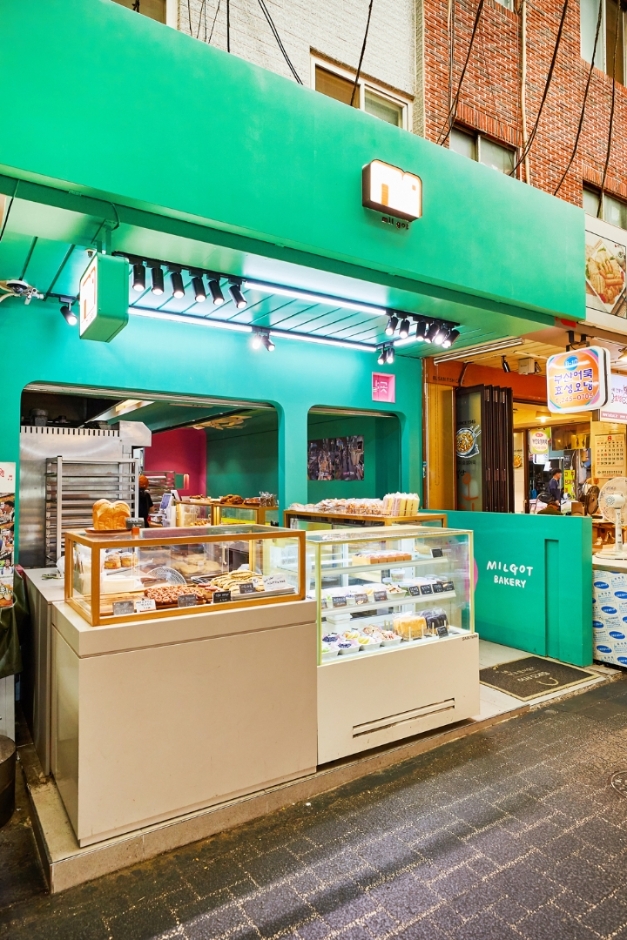
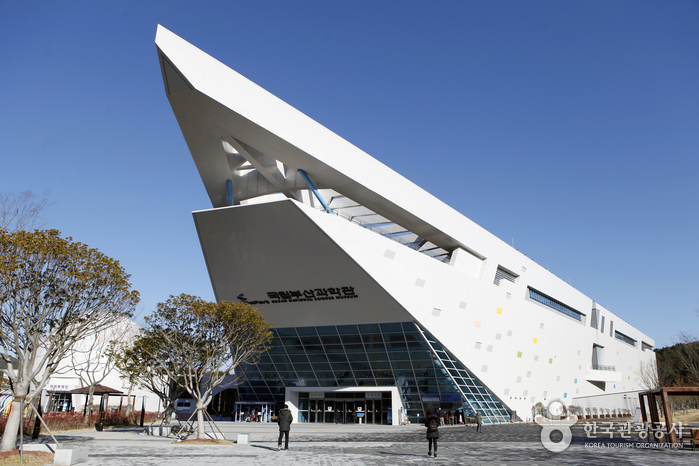
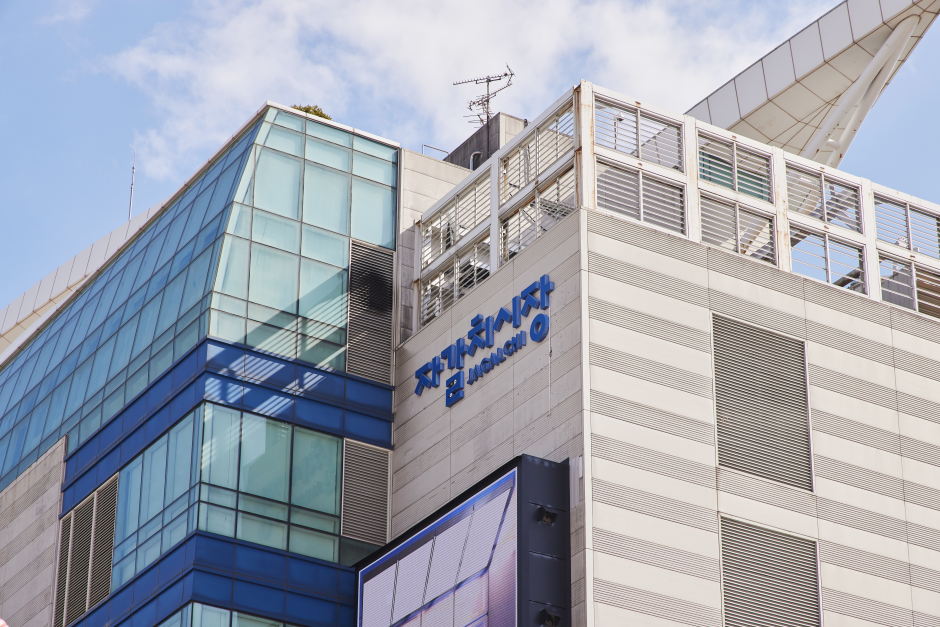
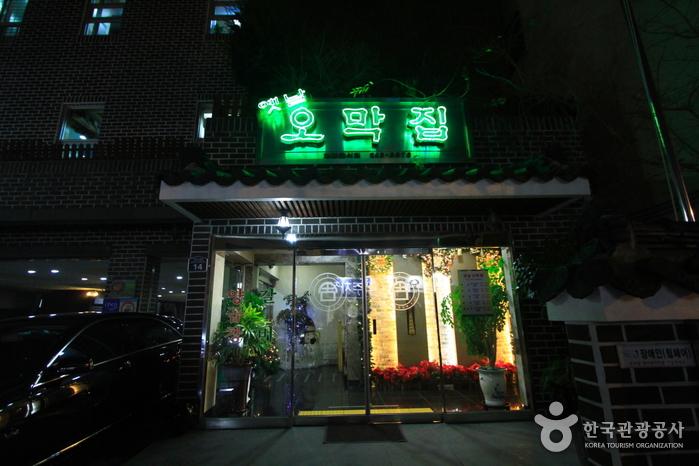
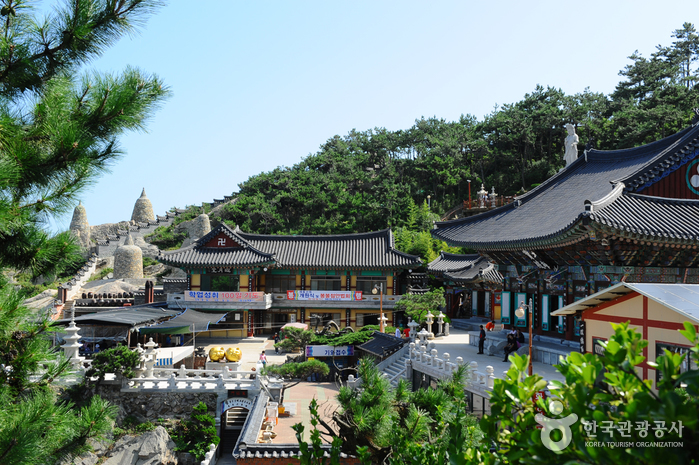
 English
English
 한국어
한국어 日本語
日本語 中文(简体)
中文(简体) Deutsch
Deutsch Français
Français Español
Español Русский
Русский